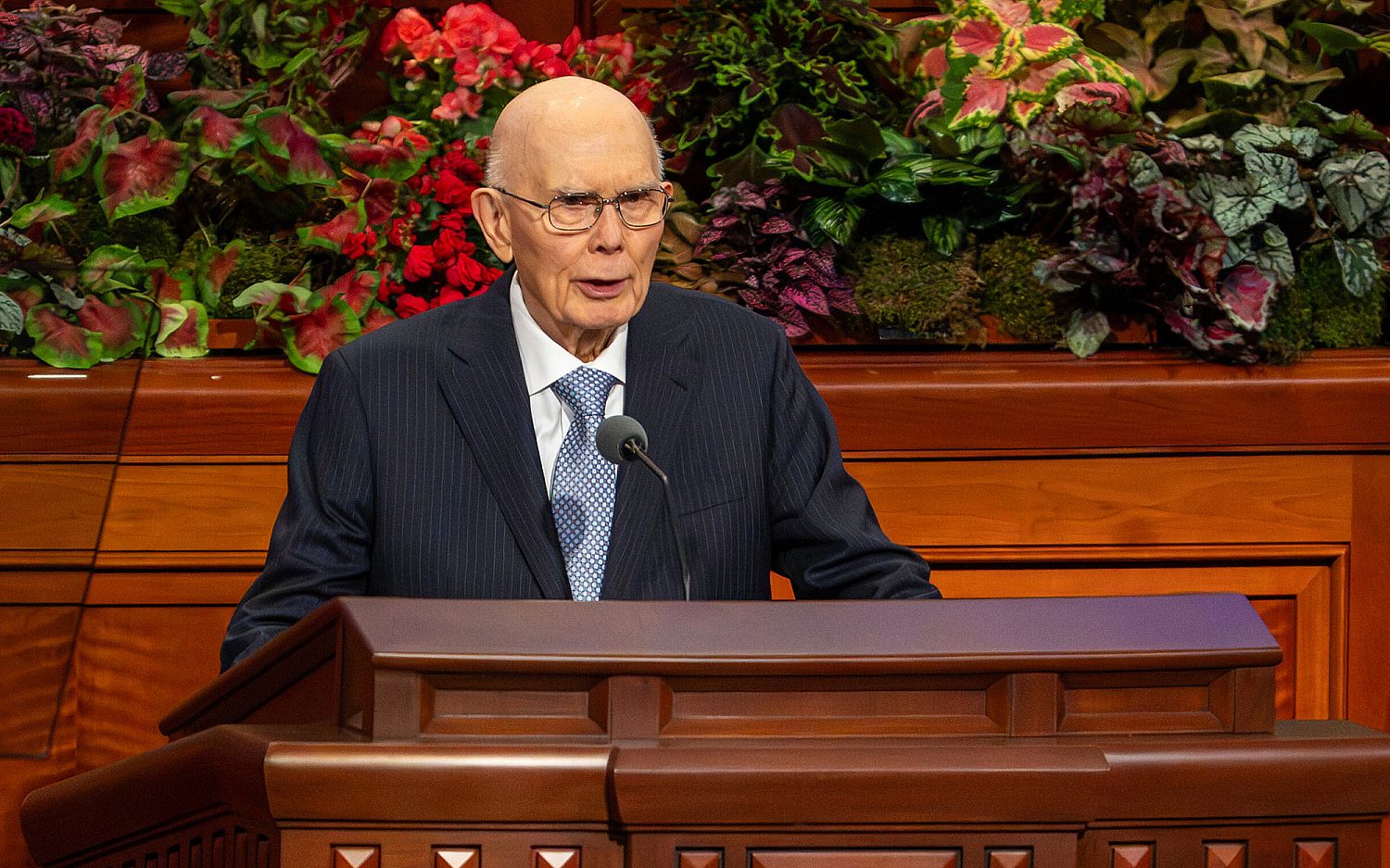Evaluating gas leak damage in the Gulf of Mexico
Eight days after a gas well blowout off Louisiana’s coast, what have we learned about safety and environmental issues involved in drilling there for gas—and how was this mishap different from BP’s Macondo spill in 2010?
Scientists from several universities are working to learn whether the gas well that blew out last Tuesday has polluted the Gulf of Mexico. Joseph Montoya, a Georgia Tech biology professor, was leading a research project near the site of the 2010 BP oil spill when the gas well, owned by Houston-based Walter Oil & Gas Corp. and located in only 154 feet of water off the Louisiana coast, suffered a blowout on July 23 and later caught fire.
All 44 people aboard the drilling rig got off safely. The well spewed gas and small amounts of oil that produced occasional light sheens on the Gulf surface. The next day, the well choked itself off. Authorities believe sand and sediments blocked the flow of gas, allowing the fire to burn itself out.
Because the well tapped into natural gas, not oil, experts said pollution threats were less than those posed by some previous accidents. BP’s Macondo well, which blew out in April 2010, lost an estimated 200 million gallons of crude oil and fouled coastlines of four states before it was capped. Montoya said about natural gas, “you can’t see it, you can’t smell it, and it doesn’t wash up all over your beaches.” He noted, though, that gas could feed into the plankton food chain and affect offshore ecosystems.
Montoya and his colleagues hope to detect and evaluate any environmental damage, and they’ve collected water samples to measure methane, radon, and bacterial abundance and activity. Researchers also released GPS-equipped floats to drift with the current, tracking the likely path of any contamination from the rig. The federal Bureau of Safety and Environmental Enforcement (BSEE) will look into the cause of the accident, determine whether safety violations were involved, and make recommendations to prevent future blowouts.
An actual newsletter worth subscribing to instead of just a collection of links. —Adam
Sign up to receive The Sift email newsletter each weekday morning for the latest headlines from WORLD’s breaking news team.




Please wait while we load the latest comments...
Comments
Please register, subscribe, or log in to comment on this article.